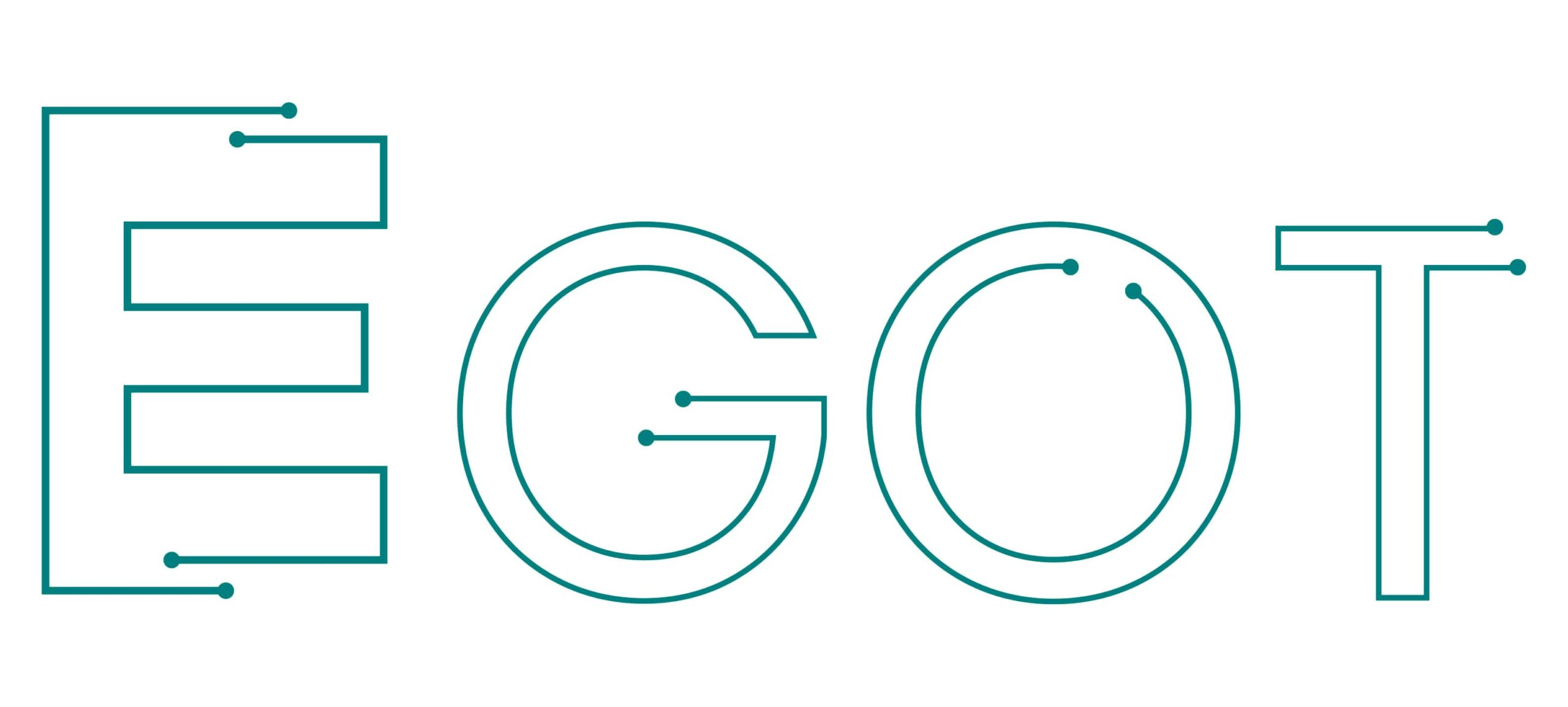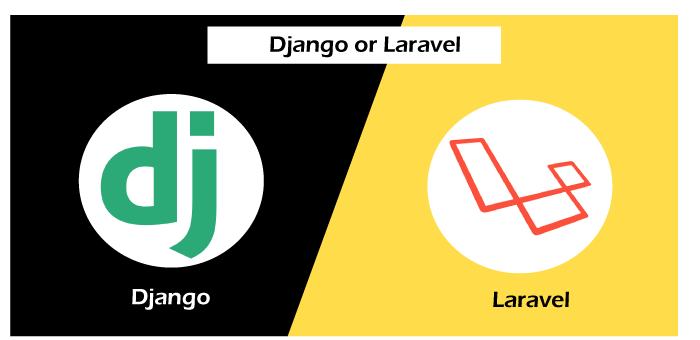Building an e-commerce website a decade ago was a demanding undertaking that required careful coding, data configuration, manual feature integration, and so on. However, technical breakthroughs have flipped the script in recent years, and we now have a plethora of development frameworks to design and construct distinctive e-commerce portals and web applications.
There are numerous framework possibilities in the digital development arena at the moment, including as Xamarin and Ionic, which are dominating the market with their functionality and capabilities. Laravel and Django have the upper hand in E-commerce due to their exceptional scalability and safe interfaces. Laravel is a PHP-based open-source framework, whereas Django is written in Python. Both of these frameworks are so capable that choosing between these two tremendously efficient platforms is practically difficult.
Let’s take a quick look at both of these web application frameworks and see which one is the best choice after a thorough analysis of their features.
A Quick Overview of Laravel and Django
Laravel first appeared on the market in 2011 for innovative web application development that employs exact controlled architectural patterns and is supported by Symfony. Because of its authorization management, mail service integration, performance-enhancing features, cost-effective programming interface, and other distinctive specifications, this free open-source PHP framework quickly became a developer favourite. Aside from accessibility, error handling and bug reporting are also useful for Laravel projects.
On the contrary, Django, a Python-based web framework, was published in the development sector in 2005, preceding Laravel’s presence in the market. The framework is well-known for its clear programming and spellbinding images that may be made using its various arrangements. Furthermore, Django is one of the most important frameworks in this series for custom web development. Users can customise their web portal with a variety of features such as multi-language support, database migration, RSS, session handling, and much more.
Standardization and Scalability Django is thought to be more scalable than other well-known development frameworks due to its suitable interface designs and coding accessibility. Laravel, on the other hand, necessitates a number of coding methods in order to achieve scalability and convenience. When it comes to standardisation, there is no discernible difference between these two. Because they both use a community-based technology model to address common user problems.
Aside from these traits and specialties, several things bind both of these framework behemoths together in terms of advancement. They both support cross-platform development, which is essential for any organisation looking to outperform the competition and increase its growth rate.
However, any detailed comparison does not diminish the outstanding efficiency and usability a web platform can obtain from Laravel and Django alone. Both of these frameworks are critical and can work for a variety of campaigns and products depending on how they are used and integrated.
Both Laravel and Django are powerful web development frameworks, but they have different strengths and weaknesses. The choice between the two for an e-commerce project depends on various factors, including your team’s expertise, project requirements, scalability needs, and preferred programming language. Let’s compare them in several key aspects:
1.
Programming Language:
1. Laravel: Laravel is a PHP-based framework. If your team is more comfortable with PHP or has existing PHP skills, Laravel may be a better choice.
2. Django: Django is a Python-based framework. If your team prefers Python or has expertise in Python, Django is a natural fit.
2.
Ease of Use:
1. Laravel: Laravel is known for its elegant and expressive syntax, which makes it relatively easy to learn and use.
2. Django: Django follows the “batteries-included” philosophy, which means it comes with a lot of built-in features. This can make it slightly more complex for beginners, but it also means you don’t need to search for third-party libraries for many common tasks.
3.
Ecosystem and Libraries:
1. Laravel: Laravel has a vibrant ecosystem and a strong community, with many packages available through Composer.
2. Django: Django’s ecosystem is also robust, with a wide range of third-party packages available via pip.
4.
Scalability:
1. Both frameworks are capable of handling scalable projects, but the specifics depend on how you design and architect your application.
5.
Performance:
1. Performance can be influenced by various factors, including your code quality, database optimization, and server infrastructure. Both frameworks can be highly performant when used correctly.
6.
Security:
1. Both Laravel and Django have strong security features, but security largely depends on how you implement them and follow best practices.
7.
Community and Documentation:
1. Both frameworks have active communities and extensive documentation, making it easier to find help and resources.
Ultimately, the “winner” in the e-commerce chase depends on your specific requirements, your team’s expertise, and your comfort with the chosen programming language. Both Laravel and Django have been used successfully in building e-commerce platforms. Choose the one that aligns better with your team’s skills and project needs.


